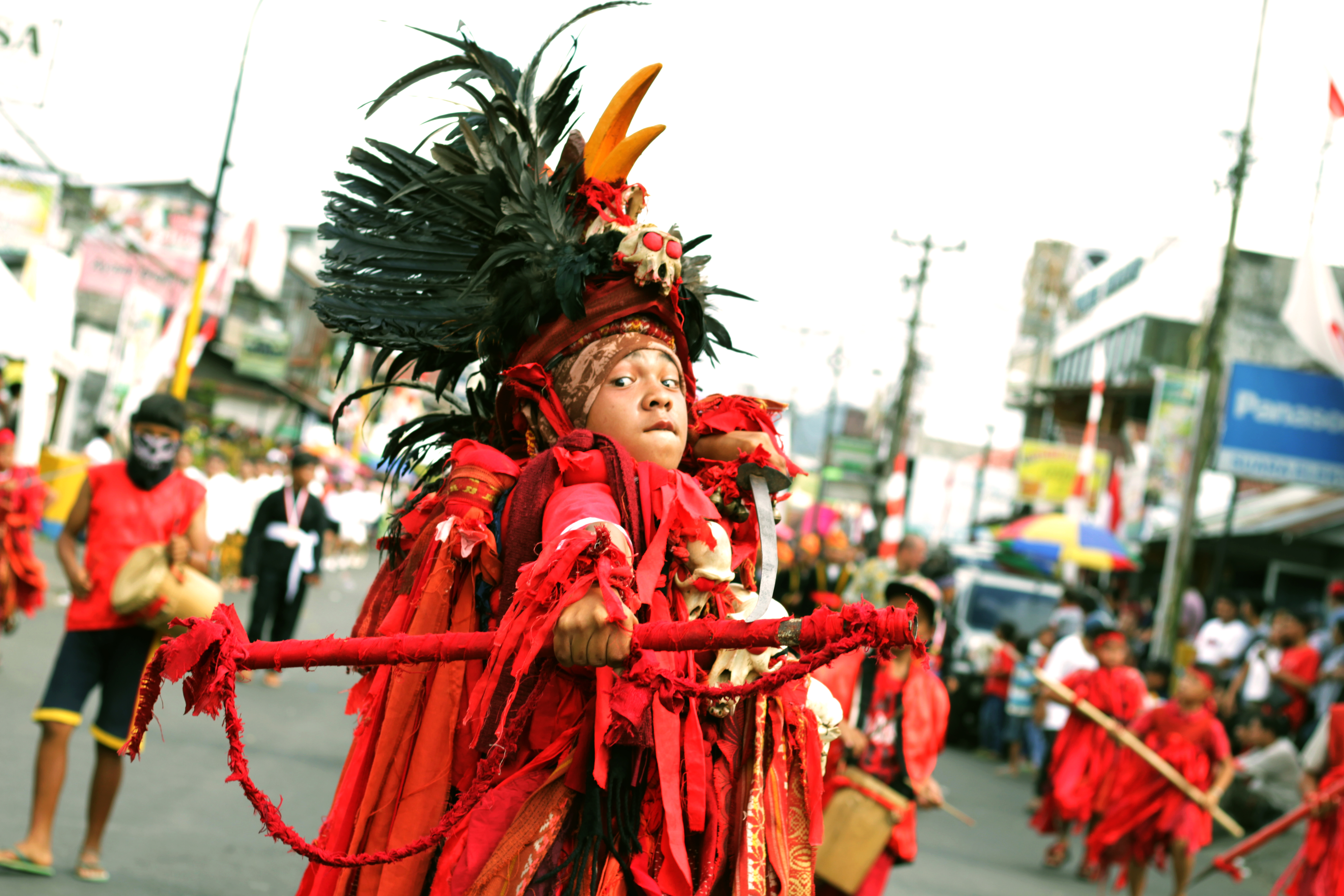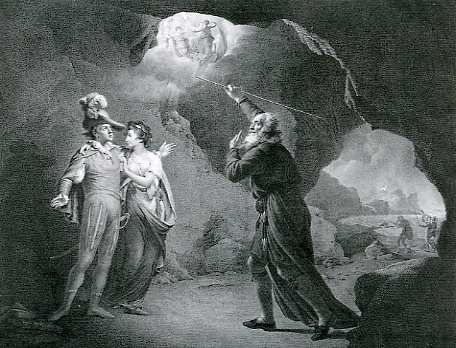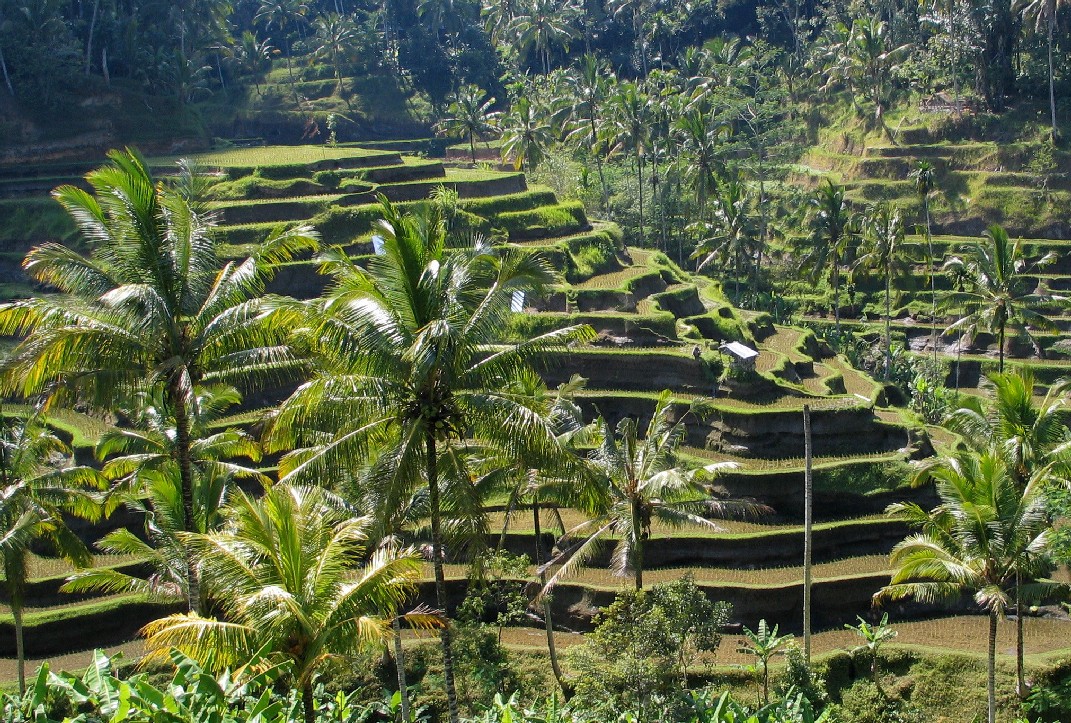|
Condong
() is a Balinese dance which is often performed as a preface to legong and accompanied by the Gamelan semar pegulingan, semar pangulingan style of gamelan. The term also refers to a stock character, a quintessential representation of the maidservant, found in the condong dance as well as the legong, gambuh, and arja dances. History The condong dance originated in the List of monarchs of Bali, palaces of Bali in the mid-19th century. Its creator is not known, but folk history suggests that a List of monarchs of Bali#Rajas of Sukawati and Ubud, prince of Sukawati, deathly ill, saw a vision of two beautiful girls dancing gracefully while accompanied by gamelan music; upon regaining his health, this prince recreated the dance he had seen. It originally told the story of two ''bidadari'' (nymphs) named Supraba and Wilotama. By the 1930s, the story had been modified, telling of a king or queen and their subject. In current performances, the condong dancer plays the role of the subj ... [...More Info...] [...Related Items...] OR: [Wikipedia] [Google] [Baidu] [Amazon] |
Balinese Dance
Balinese dance (; ''(igélan Bali)'') is an ancient dance tradition that is part of the religious and artistic expression among the Balinese people of Bali island, Indonesia. Balinese dance is dynamic, angular, and intensely expressive. Balinese dancers express the stories of dance-drama through bodily gestures including gestures of fingers, hands, head, and eyes. There is a great richness of dance forms and styles in Bali; and particularly notable are those ritualistic dance dramas which involve Rangda, the witch, and the great beast Barong (mythology), Barong. Most of the dances in Bali are connected to Hindu or traditional folk rituals, such as the Sanghyang Dedari sacred dance that invokes benevolent hyang spirits, believed to possess the dancers in a trance state during the performance. Other Balinese dances are not linked to religious rituals and are created for certain occasions or purposes, such as the Baris (dance), Baris or Pendet welcoming dances and Joged dance, wh ... [...More Info...] [...Related Items...] OR: [Wikipedia] [Google] [Baidu] [Amazon] |
Dance In Indonesia
Dance in Indonesia () reflects the country's diversity of Ethnic groups in Indonesia, ethnicities and Culture of Indonesia, cultures. There are more than 600 ethnic groups in Indonesia. Austronesian people, Austronesian roots and Melanesian tribal forms are visible, and influences ranging from neighboring Asian and even western styles through colonization. Each ethnic group has its own dances: there are more than 3,000 original dance forms in Indonesia. The old traditions of dance and drama are being preserved in the numerous dance schools which flourish not only in the courts but also in the modern, government-run or supervised art academies. For classification purposes, the dances of Indonesia can be divided according to several aspects. In the historical aspect it can be divided into three eras; the prehistoric-tribal era, the Hindus, Hindu-Buddhism, Buddhist era, and the era of Islam. According to its patrons, it can be divided into two genres; court dance and folk dance. ... [...More Info...] [...Related Items...] OR: [Wikipedia] [Google] [Baidu] [Amazon] |
Bidadari
Apsaras (, , Khmer language, Khmer: អប្សរា are a class of celestial beings in Hinduism, Hindu and Culture of Buddhism, Buddhist culture. They were originally a type of female spirit of the clouds and waters, but, later play the role of a "nymph" or "fairy". They figure prominently in the sculptures, dance, literature and paintings of many South Asian and Southeast Asian cultures. The apsaras are described to be beautiful, youthful and elegant, and are said to be able to change their shape at will; making anyone fall for their beauty. There are two types of apsaras—''laukika'' (worldly) and ''daivika'' (divine). They are great in the art of dancing, and often wives of the gandharvas, the court musicians of Indra. The apsaras reside in the palaces of the gods and entertain them by dancing to the music made by the Gandharvas. The 26 apsaras of Indra's court are each said to symbolise a different facet of the performing arts, drawing comparisons to the Muses of ... [...More Info...] [...Related Items...] OR: [Wikipedia] [Google] [Baidu] [Amazon] |
Gambuh
() is an ancient form of Balinese dance-drama. It is accompanied by musicians in a gamelan ''gambuh'' ensemble. History ''Gambuh'' is one of the oldest surviving forms in Balinese performing arts, dating to the late Majapahit era (ca. 15th century) with very little known change since this time. Emiko Susilo writes, "when the dance-dramas of Majapahit came to Bali, they had the new task of ''preserving'' the tradition of a fallen dynasty" (emphasis in original). It also introduced a new element of narrative to Balinese performing arts that influenced other forms of dance-drama on the island, such as '' topeng'' masked dance and '' arja'' opera. For centuries it was supported by patronage at the royal courts of Bali's aristocracy, during which it achieved its greatest heights of sophistication. As the courts fell apart in the bloody wars with the Dutch, this support evaporated and much of the art of ''gambuh'' was lost. Like the many other arts that formerly depended on ro ... [...More Info...] [...Related Items...] OR: [Wikipedia] [Google] [Baidu] [Amazon] |
Legong
Legong ( Balinese: , ''légong'') is a form of Balinese dance. It is a refined dance form characterized by intricate finger movements, complicated footwork, and expressive gestures and facial expressions. Origins Legong probably originated in the 19th century as royal entertainment. Legend has it that a prince of Sukawati fell ill and had a vivid dream in which two maidens danced to gamelan music. When he recovered, he arranged for such dances to be performed in reality. Others believe that the Legong originated with the ''sanghyang () is a traditional sacred Balinese dance originated from the Indonesian island of Bali. It is based on the premise that an unseen force enters the body of an entranced performer. The force, identified as '' hyang'', is an important type of ... dedari'', a ceremony involving voluntary possession of two little girls by beneficent spirits. Legong is also danced at public festivals. Excerpts from Legong dance dramas are put on for tourists. ... [...More Info...] [...Related Items...] OR: [Wikipedia] [Google] [Baidu] [Amazon] |
Miranda (The Tempest)
Miranda is one of the principal characters of William Shakespeare's ''The Tempest''. She is the only female character to appear on stage. Miranda is the daughter of Prospero, another of the main characters of ''The Tempest''. She was banished to the Island along with her father at age three, and in the subsequent twelve years has lived with her father and their slave, Caliban, as her only company. She is openly compassionate and unaware of the evils of the world that surrounds her, learning of her father's fate only as the play begins. Origins There is some speculation that Miranda, along with her husband, Ferdinand, may be intended to represent Elizabeth Stuart and her new spouse, Elector Frederick V, as ''The Tempest'' was originally performed for the court of Elizabeth's father, King James, in celebration of the Wedding of Princess Elizabeth and Frederick V of the Palatinate. Role in the play ''The Tempest's'' second scene begins with Miranda, begging her father ... [...More Info...] [...Related Items...] OR: [Wikipedia] [Google] [Baidu] [Amazon] |
Ophelia
Ophelia () is a character in William Shakespeare's drama ''Hamlet'' (1599–1601). She is a young noblewoman of Denmark, the daughter of Polonius, sister of Laertes and potential wife of Prince Hamlet. Due to Hamlet's actions, Ophelia ultimately enters into a state of madness that leads to her drowning. Along with Queen Gertrude, Ophelia is one of only two female characters in the original play. Name Like most characters in ''Hamlet'', Ophelia's name is not Danish. It first appeared in Jacopo Sannazaro's 1504 poem '' Arcadia'' (as ''Ofelia''), probably derived from Ancient Greek ὠφέλεια (''ōphéleia'', "benefit"). Character Ophelia is obedient to her father and well-loved by many characters. When Polonius tells her to stop seeing Hamlet, she does so. When he tells her to set up a meeting so that he and Claudius could spy on him, she does so. Ophelia is a foil to Hamlet and Laertes, contrasting and inspiring their behavior. Plot In Ophelia's first speaking appe ... [...More Info...] [...Related Items...] OR: [Wikipedia] [Google] [Baidu] [Amazon] |
Panyembrama
Panyembrama () is a secular Balinese dance form designed by I Wayan Berata and first performed in 1971. It includes movements from several sacral Balinese dances. The dance was intended to replace for performances in front of tourists. History Traditional Balinese dances are sacral in nature, thus unsuited for secular performances. That these dances were used for welcoming non-Balinese, and in non-sacral contexts, was a point of controversy in the late 1960s. A secular dance was needed, one which could be used outside of the temples, particularly for tourists, and thus maintain the sacredness of the original dances. Panyembrama was one of several dance forms, including oleg tamulilingan, which arose from this situation and was intended for non-Balinese (particularly Western) audiences. I Wayan Beratha, a choreographer with the Karawitan Conservatory (Indonesian: Konservatori Karawitan) who was well-versed in traditional Balinese dance, was tasked by his organisation t ... [...More Info...] [...Related Items...] OR: [Wikipedia] [Google] [Baidu] [Amazon] |
Balinese People
The Balinese people (, ) are an Austronesian ethnic group native to the Indonesian island of Bali. The Balinese population of 4.2 million (1.7% of Indonesia's population) live mostly on the island of Bali, making up 89% of the island's population. There are also significant populations on the island of Lombok and in the easternmost regions of Java (e.g. the regency of Banyuwangi). The Balinese are distinctive amongst Indonesian ethnic groups for their adherence to Balinese Hinduism rather than Sunni Islam. Origins The Balinese originated from three periods of migration. The first waves of immigrants came from Java and Kalimantan in prehistoric times and were of Proto-Malay stock. The second wave of Balinese came slowly over the years from Java during the Hindu period. The third and final wave came from Java, between the 15th and 16th centuries, about the same time as the conversion to Islam in Java, causing aristocrats and peasants to flee to Bali after the collapse of the Ja ... [...More Info...] [...Related Items...] OR: [Wikipedia] [Google] [Baidu] [Amazon] |
List Of Monarchs Of Bali
This is a list of monarchs of the Bali Kingdom, an island in the List of islands of Indonesia, Indonesian archipelago. Included are, first, rulers on an island-wide level, and, second, rajas of minor states that arose in the 17th and 18th centuries. The sequence and dates of the rulers are not always securely documented, and conflicting statements may be found in various textbooks. The following list is based on epigraphic records, Balinese chronicles (babad), and data supplied by Netherlands, Dutch colonial sources. Balinese royal lineages and monarchies claim to continue to exist in Bali; however, due to Indonesian postcolonial governance, the prerogatives of the original rulers of Bali were suppressed in the decade after the Indonesian Revolution, Revolution. Balinese Hinduism, Hinduism has remained an integral part of the Balinese monarchies and culture, despite issues involving Dutch invaders and Indonesian central authorities and military. Ancient queens and kings of Bali ... [...More Info...] [...Related Items...] OR: [Wikipedia] [Google] [Baidu] [Amazon] |
Bali
Bali (English:; Balinese language, Balinese: ) is a Provinces of Indonesia, province of Indonesia and the westernmost of the Lesser Sunda Islands. East of Java and west of Lombok, the province includes the island of Bali and a few smaller offshore islands, notably Nusa Penida, Nusa Lembongan, and Nusa Ceningan to the southeast. The provincial capital, Denpasar, is the List of Indonesian cities by population, most populous city in the Lesser Sunda Islands and the second-largest, after Makassar, in Eastern Indonesia. Denpasar metropolitan area is the extended metropolitan area around Denpasar. The upland town of Ubud in Greater Denpasar is considered Bali's cultural centre. The province is Indonesia's main tourist destination, with a significant rise in Tourism in Bali, tourism since the 1980s, and becoming an Indonesian area of overtourism. Tourism-related business makes up 80% of the Bali economy. Bali is the only Hinduism in Indonesia, Hindu-majority province in Indonesia, ... [...More Info...] [...Related Items...] OR: [Wikipedia] [Google] [Baidu] [Amazon] |









